Some posts on this site contain affiliate links. If you book or buy something through these links, I earn a small commission (at no extra cost to you). Take a look at my privacy policy for more information.
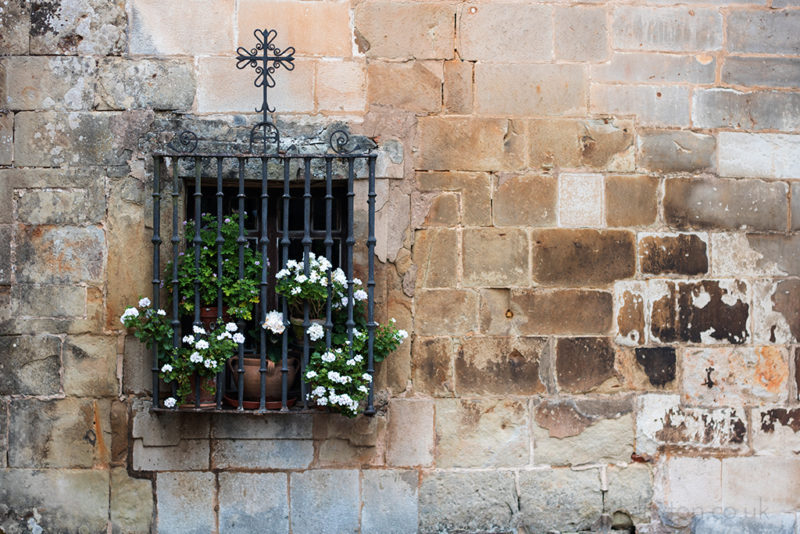
Incessant drizzle welcomed me to Cantabria, and it stayed put for most of my time in the region. Heavy grey skies, rolling fog, and glistening wet leaves defined the country for me.
This was in late June, but the weather in the four northern regions that make up Green Spain is unpredictable at best. Just like the good old British summers back home, Cantabrian summers are changeable – and often wet!
But all that rainfall is exactly what makes the region so special. Cantabria is known for its spectacular landscapes and epic walking trails. Along the coast are green, rocky cliffs with hidden beaches tucked into jagged bays.
Inland, it’s a green paradise of glacial lakes, rocky mountains, thick forests, and dramatic gorges. I was visiting the region as part of my trip following the Camino del Norte through Green Spain.
Hiking was very much on the agenda across the trip, but it was Cantabria that really brought the Camino to life for me. This is where I had a real insight into life on the Camino, and where I saw some of the most amazing landscapes I’ve ever come across in Spain. It’s also where I discovered several other variations of the famous Camino de Santiago.
The Way of St James
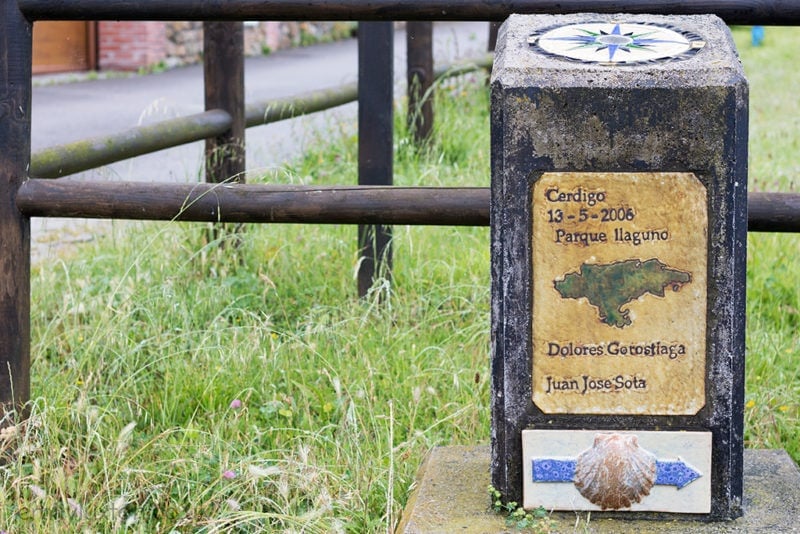
The Camino de Santiago, or the Way of St James, is an ancient Christian pilgrimage to Santiago de Compostela in Galicia. For centuries, pilgrims have made their way to Santiago to pay their respects to the tomb of St James the apostle in the cathedral there. The pilgrimage takes many forms, and there are dozens of different routes to take.
In Cantabria, I discovered three of the lesser-known, alternative routes of the Camino Santiago, all of them passing through the region’s incredible countryside.
El Camino del Norte
We entered Cantabria following the Camino del Norte from the Basque Country into Castro Urdiales. Far less famous than the more popular and often over-crowded Camino Francés, the Northern Way hugs the coast all through Green Spain until it reaches Galicia, where it turns inland for Santiago de Compostela.
Psst! For more information check out my introduction to the Camino del Norte.
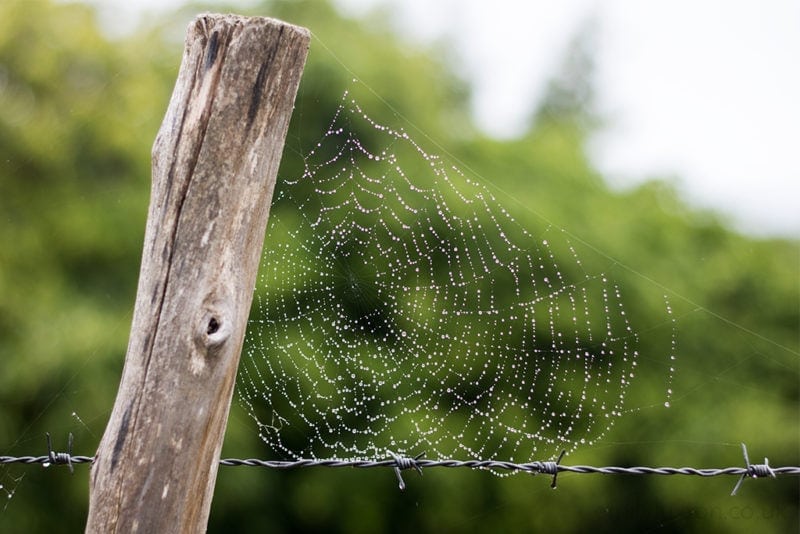
Since we’re talking religious pilgrimages, I guess I have to confess that I wasn’t actually hiking the Camino del Norte. That journey takes several weeks or months, and all I had was nine days. We cheated, bussing it most of the way, but in Cantabria we had a real taste of the reality of the Camino.
Leaving a wet Castro Urdiales shivering by the slate grey sea, we hunkered down into waterproofs and hiking shoes and set off. The 5km stretch of the trail to Guriezo was a fairly easy one; flat, grassy trails skirting the cliffs, passing small copses and herds of cross-looking goats. Luckily, the rain eased off pretty quickly, leaving behind a world of damp, glistening green. Beneath the grey sky, the soggy forests and mist-drenched hills were unlike any part of Spain I’d seen before. This was a Spain I never knew existed.
Discovering Life on the Camino
After a morning of easy, but damp, hiking through Cantabria, we approached the Albergue de Güemes exactly like pilgrims might. Wet, muddy, and a little dishevelled. The albergue, run by Father Ernesto from his family home, is typical of many pilgrim hostels along the Camino. Pilgrims pay what they can afford for a single night in a dorm bed, and set off on the trail again the next morning.
Over a simple but hearty lunch, we chatted to the volunteers at the hostel, many of them pilgrims. Volunteering in exchange for room and board, they’d either stopped here along the way to take a breather, or else come back after completing the Camino.
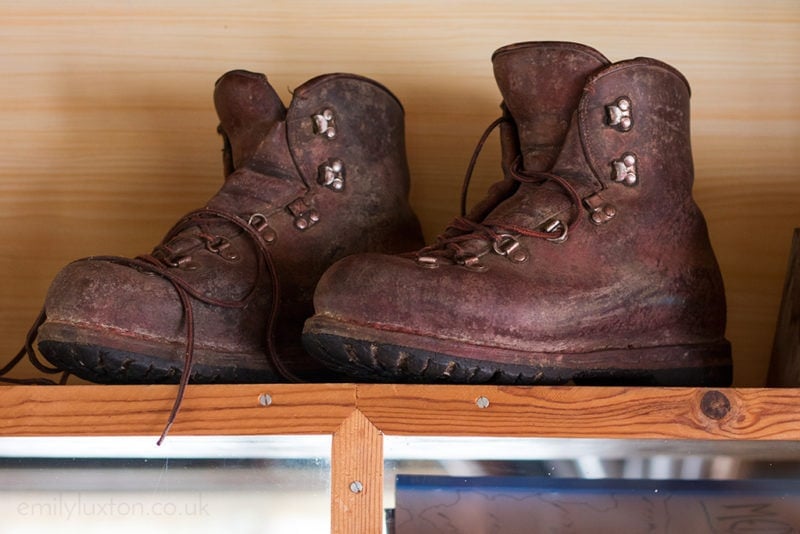
It’s easy to see the draw. Life at the albergue is simple and routine. There’s almost no wifi signal, no distractions. Just gorgeous scenery and a fascinating, ever-changing stream of new people. Lunch at the albergue was a fascinating insight into life on the Camino. Finding out what it’s like to be a pilgrim and the different motives people have for setting out on such a journey.
Camino Lebaniego
In Liébana, we discovered another of the alternative routes of the Camino Santiago. Although it’s considered a part of the Camino de Santiago, on it’s own the Camino Lebaniego doesn’t actually reach Santiago de Compostela. You’d have to combine it with another route, or take it as a detour before doubling back to the Camino del Norte.
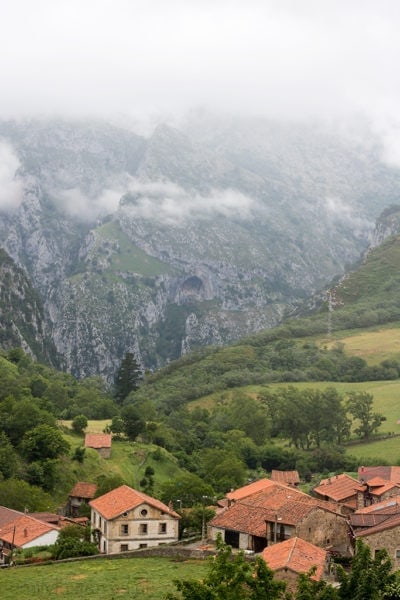
Starting in San Vicente de la Barquera on the coast, the Camino Lebaniego is a 72km pilgrimage to Santo Toribio de Liébana. Also known as the Ruta de la Montaña (mountain route), the Camino Lebaniego passes through some of Cantabria’s most stunning mountain scenery. On the road from the coast, our bus thundered along a winding road between towering gorges.
Heading for Collado de Hoz, we finally crested a mountain road. With the valley falling away into mist below us, we came to a crawl behind a herd of goats, and abandoned the bus in favour of walking. We hiked down into an incredibly soggy, green valley, staggered by the stark rocky mountains vanishing into the clouds overhead.
But it was the view from the Mirador de Santa Catalina that really floored me. Even on the greyest of days, drenched in mist and wet from recent rain, the sight of that valley rolling away beneath me is one I’ll never forget. Easily one the most incredible landscapes I’ve seen in all of Spain.
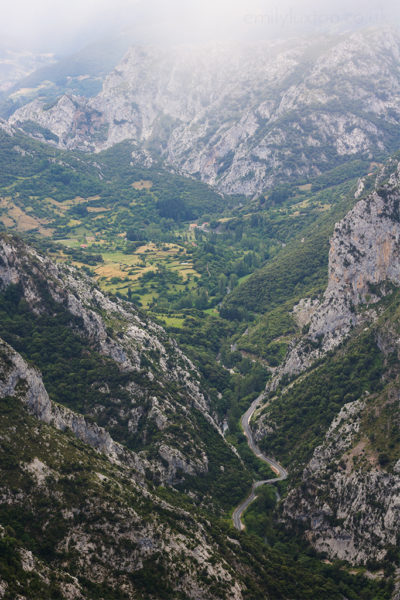
Monasterio de Santo Toribio
The reason for the detour of the Camino Lebaniego is to reach the Monasterio de Santo Toribio. A 13th-century monastery in the Cantabrian mountains,the monastery is the famous home of the Lignum Crucis. This ancient relic is thought to be the largest surviving piece of the “True Cross”, the cross on which Jesus was crucified. The evidence is there. The chunk of wood – a type of Mediterranean Cypress commonly found in Palestine – has been tested, and was found to be over 2,000 years old.
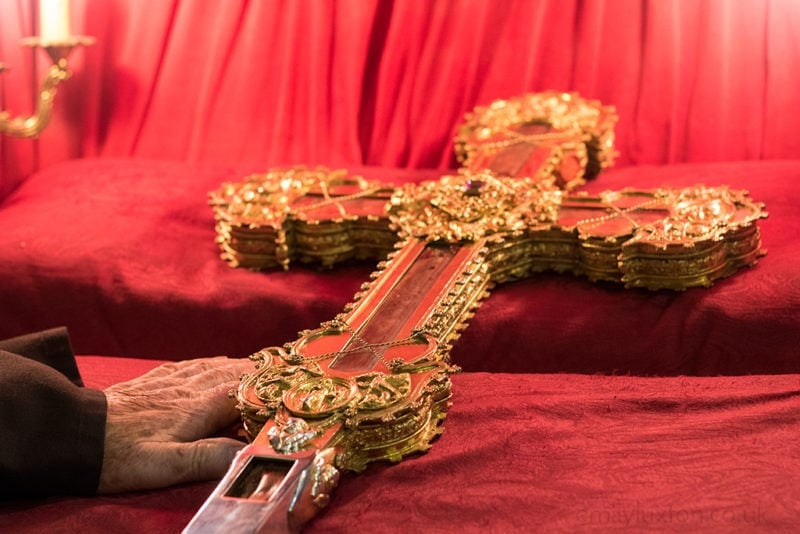
Whether you believe or not, the Lignum Crucis is an important symbol for many Christians. Justifiably, Santo Toribio Monastery is a significant place of pilgrimage in it’s own right, so it makes sense that there are several pilgrim routes leading to it. Most also connect with the Camino de Santiago, and can either be done separately or as part of the overall pilgrimage.
Ruta Vadiniense
In Santo Toribio de Liébana, the Camino Lebaniego links up with the Ruta Vadiniense. This route connects the Camino del Norte with the Camino Francés. One of the most alternative routes of the Camino Santiago, it’s a 151km route that can combine both Spain’s longest routes into an even more epic journey.
The treacherous mountain paths mean the journey is a tough one, so this isn’t a hike for beginners. But, the Ruta Vadineinse can be taken as a detour to reach Santo Toribio Monastery, as an extra challenge whilst making the pilgrimage to Santiago, or simply as a stand-alone trek for those with an adventurous spirit.
Picos de Europa
Towards Santo Toribio, the Ruta Vadiniense passes through the Picos de Europa National Park. This is one of the most spectacular areas in Cantabria, a region of majestic mountains and gorges, and one that’s best discovered on foot.
Picos de Europa is one of the best national parks in Spain, and home to some of the best hiking in Cantabria. So if you’re not looking to take an epic pilgrimage, a shorter hike around the national park is ideal.
Whilst I sadly didn’t get the chance to hike along the Ruta Vadiniense, I did swing by one of it’s most interesting stops. The tiny town of Fuente Dé is surrounded by the imposing scenery of the Picos de Europa, but there’s not much to it. A bank, a hotel, and a couple of restaurants serving up traditional, hearty Cantabrian cuisine. The big draw is the Teleférico de Fuente Dé, a cable car that rises from 1094 to 1847m above sea level. The teleférico makes the 750m ascent in less than four minutes, and from the top you’ll have some incredible views of the national park.
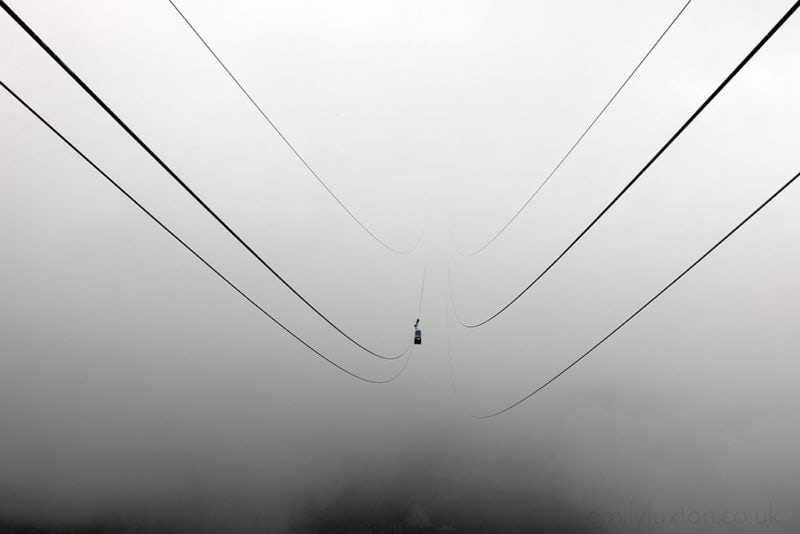
When I visited, we rose into dense clouds that obliterated all traces of the view. It was a whiteout. Standing on the edge of a viewing platform, there were clouds visible through the metal grate beneath my feet. I couldn’t even see the door to the cafe a few metres behind me. I may have missed out on the views, but the experience of standing within the clouds was a unique one.
Cantabria, A Hiker’s Paradise
For me, Cantabria was a really special discovery. That amazing scenery, the incredible hiking, and even that miserable, unpredictable summer weather have me hooked. I’ll be returning to do some more hiking in Cantabria as soon as I can. And whilst I may not be much of a pilgrim, perhaps I’ll considered tackling one of the alternative routes of the Camino Santiago I discovered here. If nothing else, it would be an epic adventure.
Have you ever been hiking in Cantabria? I’d love to hear your top tips and suggestions for routes. Scroll down to leave a comment!
My visit to Green Spain was as part of a press trip organised by The Travel Mob on behalf of El Camino Santiago and Cantabria Tourism for the #InGreenSpain and #VisitSpain campaigns. As always, all views and opinions (except quotes) are entirely my own and without bias.
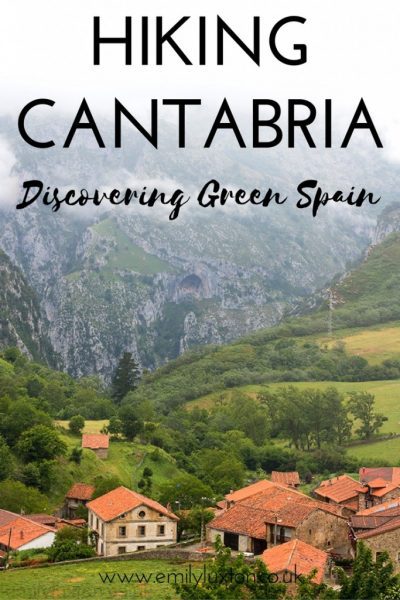

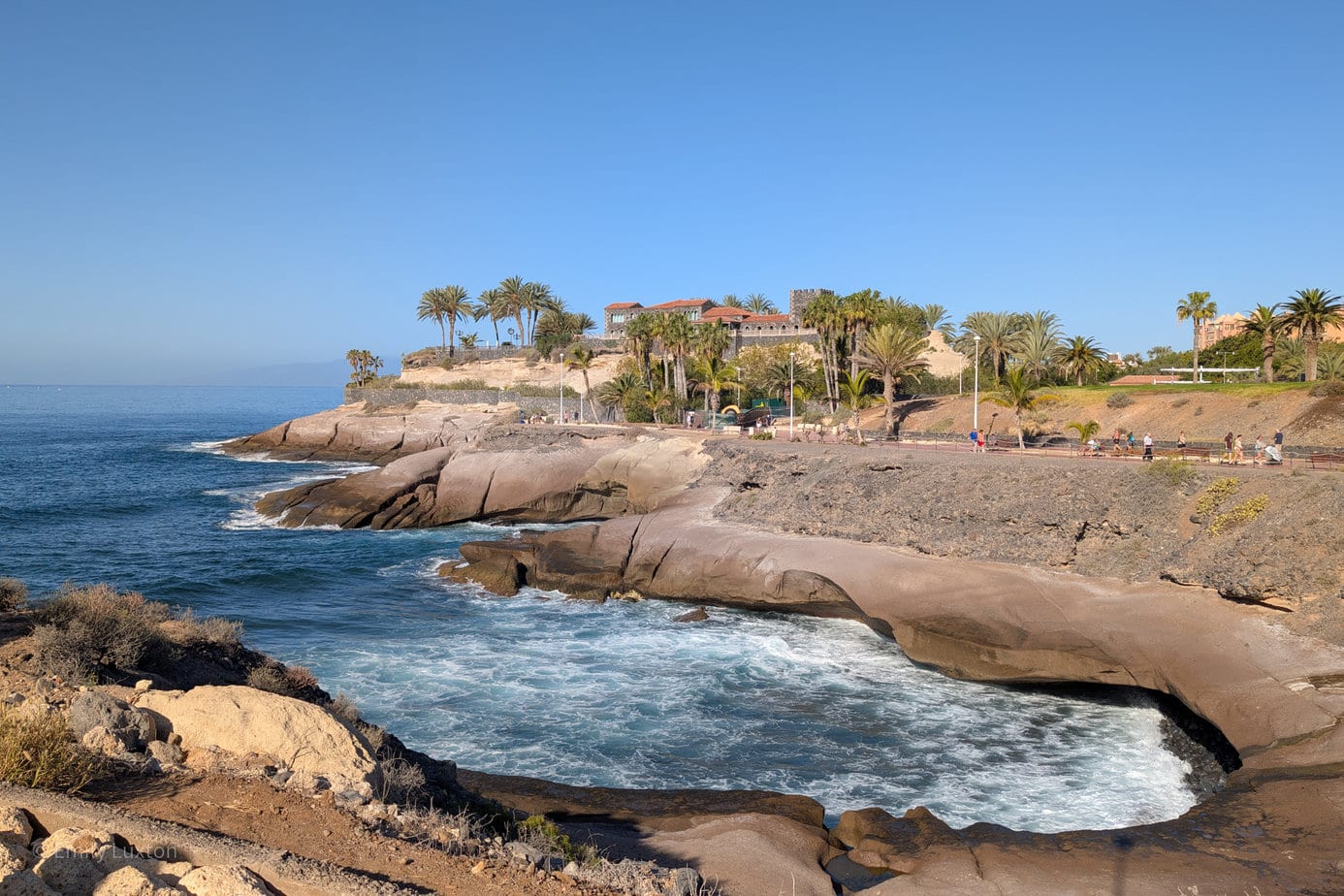
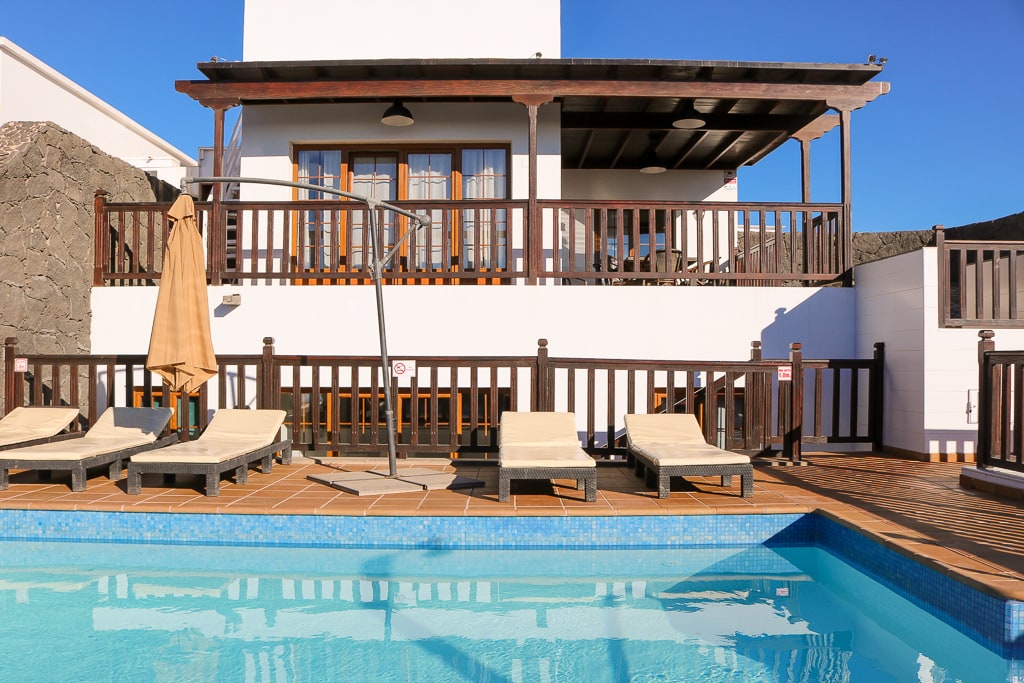
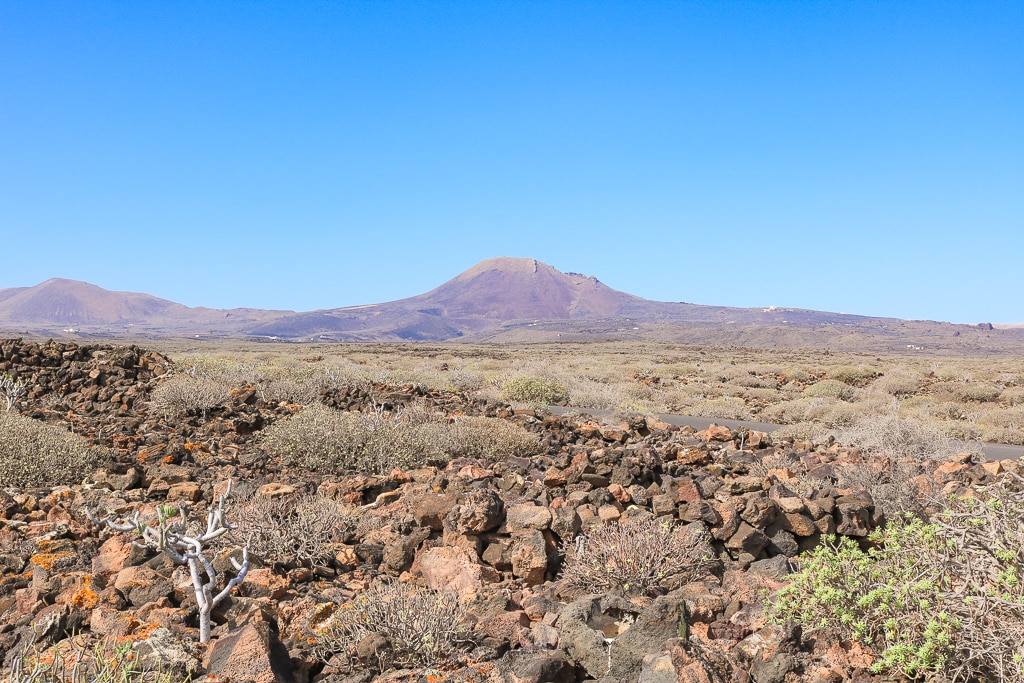
We love, love, love the Cantabrian countryside! We explored Santillana del Mar and Bilbao with our four children. Someday we want to do the Camino de Santiago, when they are a little bit older. We met an Irish couple who said the countryside was a lot like Ireland.
It did remind me a bit of the countrside I saw in Northern Ireland actually, and parts of England too. I think it’s probably because of all the rain – makes everything that lovely dark green colour. It was such a stunning part of the world – and the Camino is fantastic. I’d love to do the full thing!
I’ve never been hiking in Cantabria. Your blog inspires me immensely. Surely I’ll try out the routes you discovered.
Thanks Mousumi :D
It is so nice to find real inspiration for destinations! I have always wanted to go hiking, Spain looks amazing for hiking, but in the last year somehow never made it a reality. I am a little afraid of heights but you have to try something new once in a while! Working for an events promotion company in London where travel and trips is a quite popular category, I am continually getting overwhelmed about which destination to pick! But with this great guide I definitely know where to start now!
Thanks for commenting Fie. Spain is amazing for hiking – I really recommend it. And the north of Spain in particular is really good. It’s a little cooler and more rugged, perfect hiking conditions :)
nice post . Thank you for posting something like this
Thank you :)